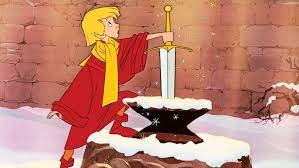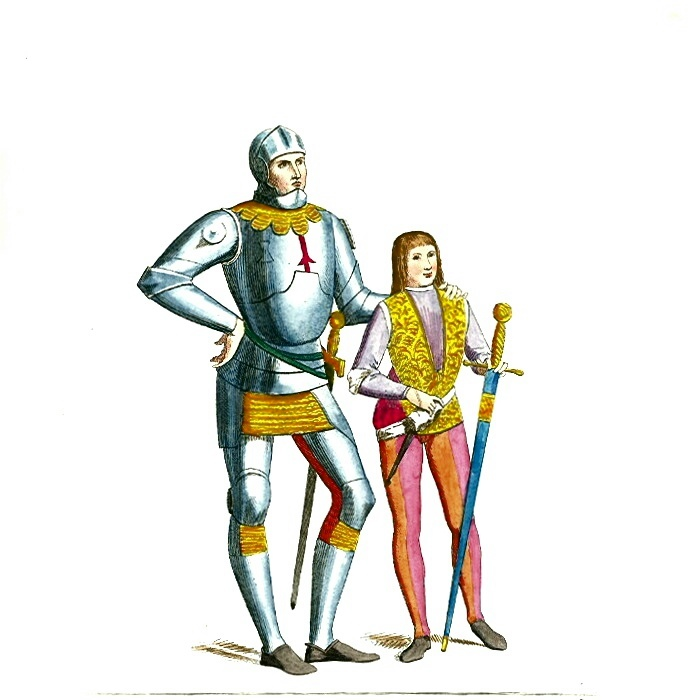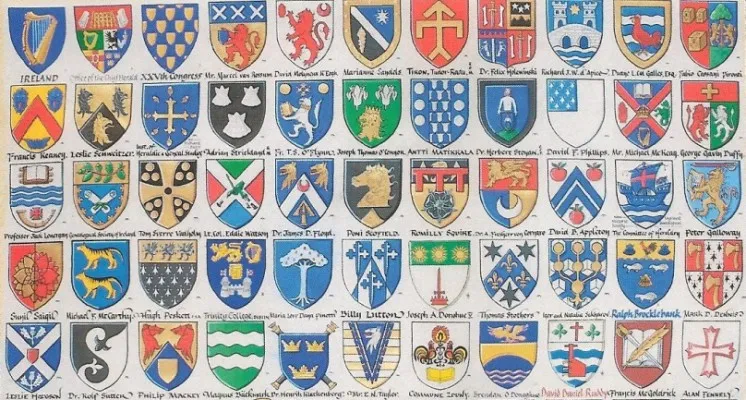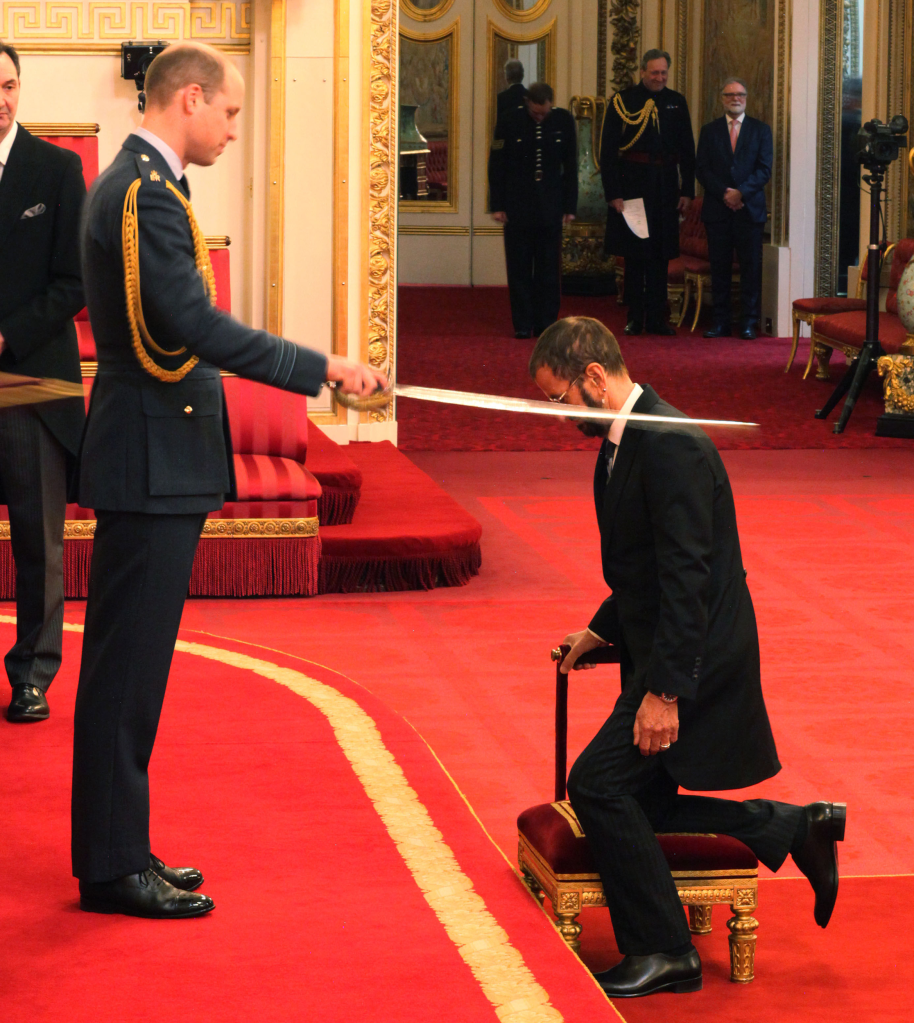Hello all and I hope you are doing well! This week, we have a special article that is inspired by many a young boyhood dream of most men, and my church’s Vacation Bible School. If you have any idea of what that might be and had guessed something medieval, you are spot on. This week, we will go to the whetstone and sharpen our knowledge of what being a knight looked like. From my own previous knowledge, and understanding that I am by no means a medieval scholar, that knighthood was not a pleasant experience.
When you look at the life of a knight, one can almost assume that they were national celebrities coming back from the battlefront. This is a picture that was filmed by most movies ranging from the mid-20th century to today. One of the earliest depictions of knighthood at a young age was that of Disney’s, A Sword in the Stone. This is the story of Arthur who works as a page for Sir Kay. Most of us know the rest of the story about Arthur, where he becomes King of England while hanging out with Merlin the Wizzard. What is fairly accurate about this movie is that as a page for Sir Kay, Arthur is required to work hard jobs under grueling conditions. This was the case for most squires and pages. They would all start out at the age of about eight, working for a knight who was in service to a noble and king, and hopefully, by their late twenties, they would eventually become a knight. Unfortunately, most knights would die in battle.

Anyways, aside from possible death at the end of their career, a page would tend to a knight’s horse, run errands, clean and take care of his armor. If the page earned enough experience points and knowledge, a young man could eventually become a squire. A squire is a rank two version of a page. What was different about the duties of the squire was that it almost seemed that knights took more of an interest in their squire. They would teach them to combat maneuvers. At this point, squires were generally known to be in their teens, according to The Middle Ages for Kids. This is a scary thought to me because I cannot see myself as a Middle and High School teacher with students who were learning the art of war.

Once the squire had proven themselves in battle, they would eventually become a full-fledged knight. This was at the ages of twenty-one to thirty. Knights, in the realm of feudalism, were the best of the best in terms of the military for their respected nation. Many nobles were knights or had served as a knight for their respective kings. Two countries that used knights extensively were, England and France. To this day, England has a part of their government known as the House of Lords which dates back to the founding of the English Parliament. Many of these noblemen and medieval politicians most likely were knights or served the royal family. For France, the Estates-General consisted of various estates of the people. One of those estates, the Second Estate, consisted of Nobles of the Sword, who were people that gained their nobility through battle.
The main job of the knight was to serve their lord or king. When not at war, they helped manage land estates. In terms of Feudalism, they acted as law enforcement, workers themselves, or even making sure that everything was going according to their lord’s wishes. Unfortunately, the knights were a select group of people. While there possibly could be cases of knights coming from a “common” birth, the majority of knights were sons of the nobility. In the movie, A Knight’s Tale, the main villain is obsessed to show the truth that the main character is not of noble birth. This is a reason why heraldry and flags are important. Back in the “ye olden times” the nobility came with documentation of noble birth, crests which are shields with designs from noble houses, and even flags with the same designs as the crest. This was a dead giveaway that the knight was of noble origins.

As time went on and the concept of Feudalism dwindled, the knight became a romanticized part of history. Today, there are several types of monarchies around the world that do grant honorable knighthoods. The number one country that comes to my mind when granting such formalities is England. Three other countries, Italy, France, and Spain, also grant honorary knighthoods. The unrecognized micronation of Seeland also allows people to purchase knighthoods so that one may become a knight.

The knight is an iconic figure from history. Knights had it tough as pages and squires but could rise up to the status of legend. I hope that you all enjoyed this post, let me know who some of your favorite knights are or even unique types of knights throughout history!